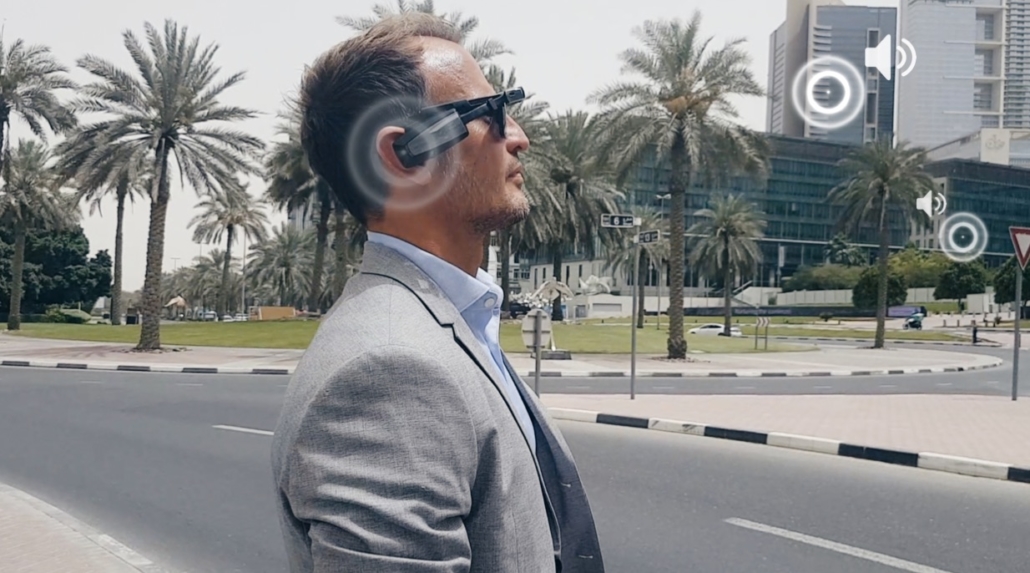AAR with VPS

I have been thinking for a while that Visual Positioning Systems (VPS) combined with big data and AI may be ultimately be very helpful for AR given how important accurate, precise and consistent location is for many AR experiences.
I recently came across this article from last year about a very interesting experiment using VPS with audio AR. It is worth a read.
A Glimpse into a Screenless, Audio AR World
TL;DR – These guys did an experiment with audio AR glasses, sort of like Bose Frames, but instead of relying solely on GPS data for location and glasses’ IMU data for head orientation, they incorporated a camera and connected the setup to a cloud VPS system. I’ve been wary of the Bose AR system’s reliance on GPS positioning given that those error bars are big enough that when combined with IMU data errors, the compounded inaccuracies can be so significant the data served up could be entirely unrelated to the viewed object. It feels to me that something like VPS could be much more accurate, though there is no doubt incorporating a camera into glasses would increase bulk, power consumption and generally complicate matters. Not to mention a whole additional host of privacy issues spring up as soon as cameras are introduced. I love what Bose has done and there is huge potential; I’m looking forward to seeing how their engineers will tackle this issue.
Some observations from the article were music to my ears:
What’s striking about the AR Audio user flow is its simplicity.
We believe in a world where we no longer have to stare down at our screens while walking, and instead listen to interesting stories about places just by looking around.
This is where creative developers and location-based content producers can use VPS and audio AR to unlock useful new ways for people to connect directly with the world in front of them without looking down at a flat 2D map.


